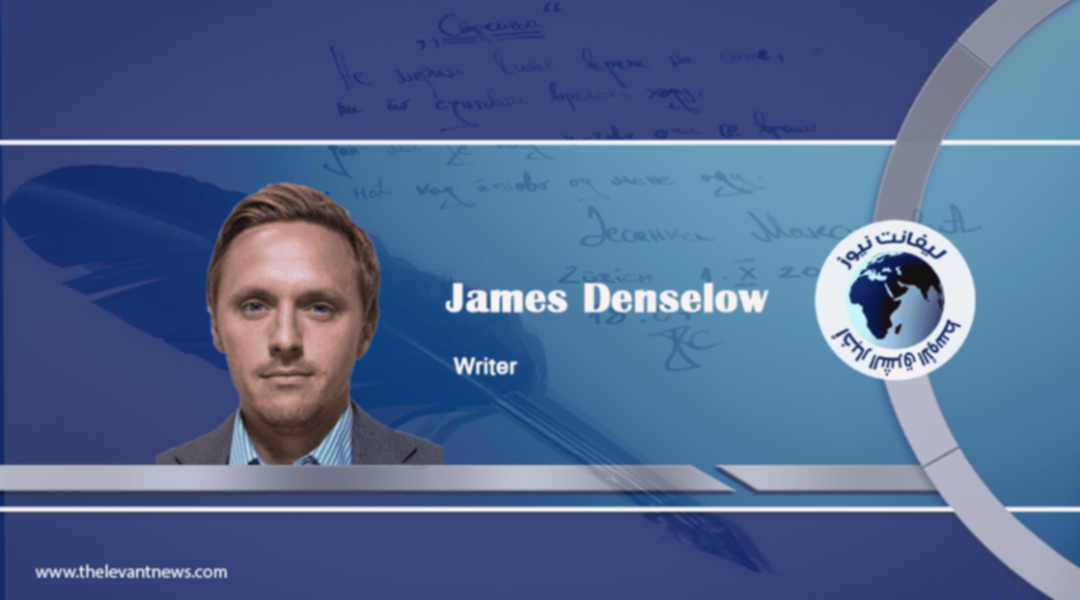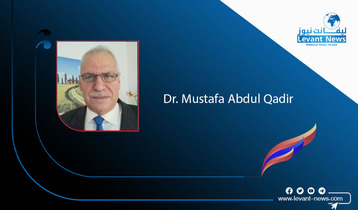-
Return to the Nuclear Era

It has been less than a week since the Russian military operations in Ukraine began, but it feels like a lifetime of geopolitics has happened within that time. Yesterday on Twitter the word “Armageddon” was trending in response perhaps to the news that Russian President Putin had put his nuclear forces into “special combat readiness,” a heightened alert level.
This followed the unsubtle warning that Putin gave when he announced the escalation – that any attempted interference in Russia’s operations would result int “consequences greater than any you have faced in history”. Russia possesses approximately 6,000 nuclear warheads as of 2022—the largest stockpile of nuclear weapons in the world.
Suddenly a generation who haven’t grown up in the shadow of the Cold War are having to learn again about the scourge of these species threatening weapons. The Soviet-US confrontation was always defined by the prospect of ‘MAD’ otherwise known as ‘mutually assured destruction’. The movement of nuclear submarines, missiles and bomber aircraft across countries was the eb and flow of this conflict with the prospect for misunderstandings bringing the planet to the brink on several occasions.
Today we are witnessing what could evolve into the most serious conflict since World War Two. One of the world’s largest, and nuclear armed, militaries is engaged in operations that lack any sense of purpose and end and that have already serious escalated within the last few days. Concerns have arisen that Moscow will base nuclear weapons in Belarus, where they’ve launched attacks into Ukraine from.
On Tuesday Russian Foreign Minister Lavrov told the UN Conference on Disarmament in Switzerland that it is time for US nuclear weapons in Europe to go home. Redefining the conflict in Ukraine around nuclear weapons and the balances of forces is a dangerous new period for the continent and beyond.
Much has changed since the Cold War in terms of geopolitics, personalities and even the certainties around communication that allowed humanity to dodge nuclear war. Weapons have also changed. New hypersonic missiles may render the defences built to counter ballistic missiles obsolete. Drones are reshaping the modern battlespace as events in Ukraine are showing; will they soon be able to deploy tactical nuclear weapons?
One immediate response to events in Ukraine has been the deployment of the NATO Rapid Reaction Force for this first time in its history. Countries like German have already pledged to significantly increase their defence budget by 100 billion euros ($112.7 billion) as confirmed by Chancellor Olaf Scholz said during a special session of the Bundestag on Sunday.
A global arms race around new nuclear technologies as well has heightened tensions as to their accidental use remains a real prospect for the next decade. This will inspire a reengagement around the cultural and societal prospects of nuclear Armageddon. In the 1980s books and films around this prospect dominated the market. The anti-nuclear movement also grew and grew. It is still with us today and will need a new wind to take it into the context of the post-Ukraine moment.
Remember that the “International Campaign to Abolish Nuclear Weapons” (ICAN) won the Nobel Peace Prize as recently as 2017 for "its work to draw attention to the catastrophic humanitarian consequences of any use of nuclear weapons and for its ground-breaking efforts to achieve a treaty-based prohibition of such weapons."
A recalibration of the relationship between existing nuclear states, the prospect of new states looking to acquire these weapons as the cost and ease of manufacturing them reduces, and the global shift in geopolitical discussions may well be changing due to the events of the past week. Suddenly we have moved, in a jarring and discombobulating manner, from seeing nuclear weapons and their use as vestiges of the past to again being real and live issues of the present.
It was fitting that early on in Russia’s military operations the disaster site of Chernobyl was captured soon followed by warnings of increasing radiation emanating from the area. The site of the world’s worst nuclear accident is a reminder, if needed, of the dangers of atomic weapons and the epoch spanning threats that there use has on the human and natural environment. As we enter this new nuclear era we must relearn the ability to challenge and push back on the scourge of these weapons.

BY: James Denselow
You May Also Like
Popular Posts
Caricature
BENEFIT Sponsors BuildHer...
- April 23, 2025
BENEFIT, the Kingdom’s innovator and leading company in Fintech and electronic financial transactions service, has sponsored the BuildHer CityHack 2025 Hackathon, a two-day event spearheaded by the College of Engineering and Technology at the Royal University for Women (RUW).
Aimed at secondary school students, the event brought together a distinguished group of academic professionals and technology experts to mentor and inspire young participants.
More than 100 high school students from across the Kingdom of Bahrain took part in the hackathon, which featured an intensive programme of training workshops and hands-on sessions. These activities were tailored to enhance participants’ critical thinking, collaborative problem-solving, and team-building capabilities, while also encouraging the development of practical and sustainable solutions to contemporary challenges using modern technological tools.
BENEFIT’s Chief Executive Mr. Abdulwahed AlJanahi, commented: “Our support for this educational hackathon reflects our long-term strategic vision to nurture the talents of emerging national youth and empower the next generation of accomplished female leaders in technology. By fostering creativity and innovation, we aim to contribute meaningfully to Bahrain’s comprehensive development goals and align with the aspirations outlined in the Kingdom’s Vision 2030—an ambition in which BENEFIT plays a central role.”
Professor Riyadh Yousif Hamzah, President of the Royal University for Women, commented: “This initiative reflects our commitment to advancing women in STEM fields. We're cultivating a generation of creative, solution-driven female leaders who will drive national development. Our partnership with BENEFIT exemplifies the powerful synergy between academia and private sector in supporting educational innovation.”
Hanan Abdulla Hasan, Senior Manager, PR & Communication at BENEFIT, said: “We are honoured to collaborate with RUW in supporting this remarkable technology-focused event. It highlights our commitment to social responsibility, and our ongoing efforts to enhance the digital and innovation capabilities of young Bahraini women and foster their ability to harness technological tools in the service of a smarter, more sustainable future.”
For his part, Dr. Humam ElAgha, Acting Dean of the College of Engineering and Technology at the University, said: “BuildHer CityHack 2025 embodies our hands-on approach to education. By tackling real-world problems through creative thinking and sustainable solutions, we're preparing women to thrive in the knowledge economy – a cornerstone of the University's vision.”
opinion
Report
ads
Newsletter
Subscribe to our mailing list to get the new updates!






















